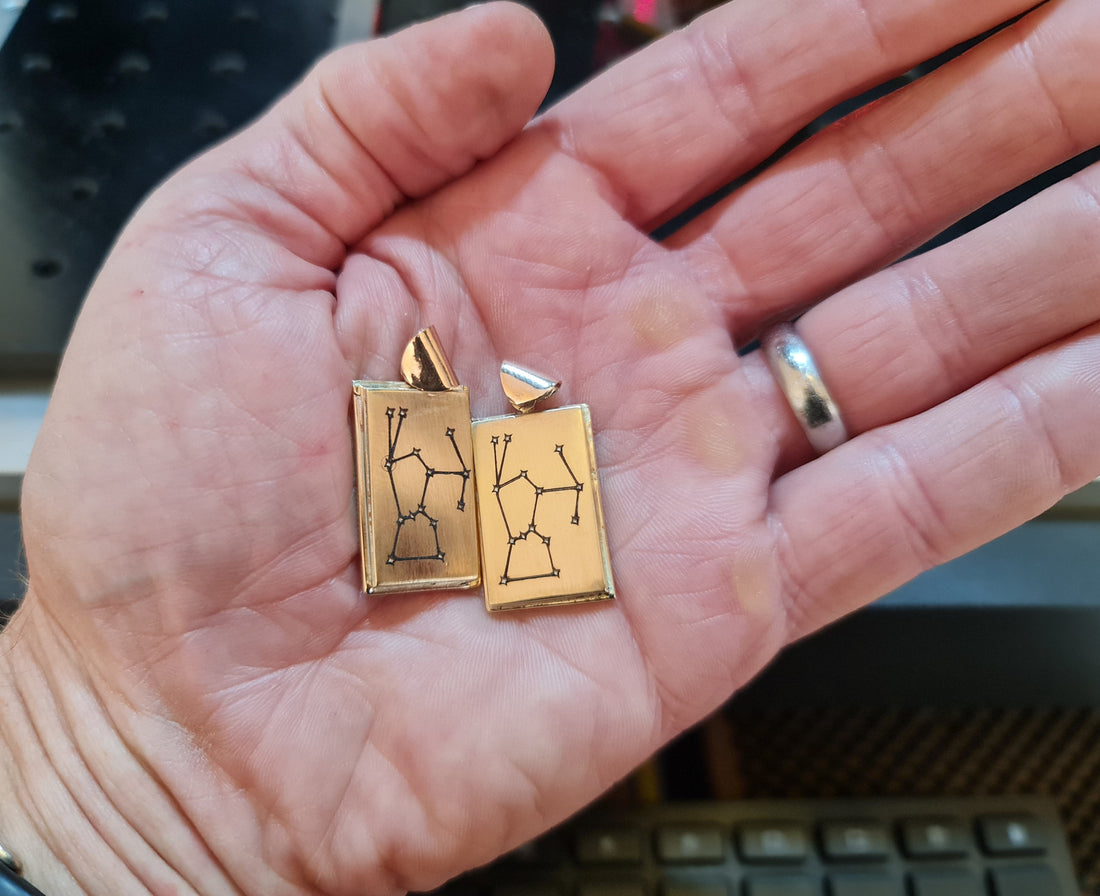
What exactly are Laser Engraving and Laser Marking? A quick guide from Sheffield Engraving
Share
Laser engraving and laser marking are two widely used processes that utilize laser technology to create permanent markings on a variety of materials. Although the terms are often used interchangeably, they refer to different techniques with distinct characteristics, suited to particular applications depending on the industry and desired outcome.
Laser engraving is a process that involves removing material from the surface of an object using a focused laser beam. The laser essentially vaporizes the material to a controlled depth, leaving behind a cavity that is visible and often tactile. Because it removes material, engraving is typically used when a deeper, more durable mark is required. The result is a clear and precise pattern, text, or image that can stand up to heavy wear or exposure to harsh environments. Common materials for laser engraving include metal, wood, plastic, glass, and leather, making it a versatile choice for everything from industrial part identification to artistic designs.
On the other hand, laser marking involves altering the surface of a material without removing any of it. This can be done through various methods such as annealing, discoloration, foaming, or carbon migration, depending on the material and the type of laser used. The process results in a mark that is usually flat and smooth to the touch, and it is particularly favoured for applications where the integrity of the material must be preserved. Laser marking is frequently used for things like labelling medical devices, marking electronic components, and other products that require fine detail or compliance with traceability standards.
Both processes rely on computer-controlled systems to direct the laser beam, which ensures high precision and repeatability. One of the key advantages of using laser technology for marking and engraving is the lack of physical contact with the material. This reduces the risk of mechanical damage or deformation and allows for consistent results even on delicate or irregularly shaped objects.
The choice between laser engraving and laser marking often comes down to the purpose of the mark. If durability and resistance to abrasion are critical—such as for tools, firearms, or industrial components—engraving may be the better choice. If, however, the focus is on contrast, aesthetics, or compliance with industry standards without altering the product's surface structure, laser marking is typically more appropriate.
Both techniques offer clean, fast, and environmentally friendly alternatives to traditional marking methods such as printing or chemical etching. As laser technology continues to advance, the range of materials that can be marked or engraved, as well as the quality and efficiency of the results, continues to improve, making these methods increasingly popular across a wide range of sectors.
Whether for functional identification, branding, or decorative purposes, laser engraving and marking represent precise, reliable, and adaptable solutions that meet the growing demands of modern manufacturing and design.
For more information on laser engraving or laser marking, get in touch with us here at Sheffield Engraving
